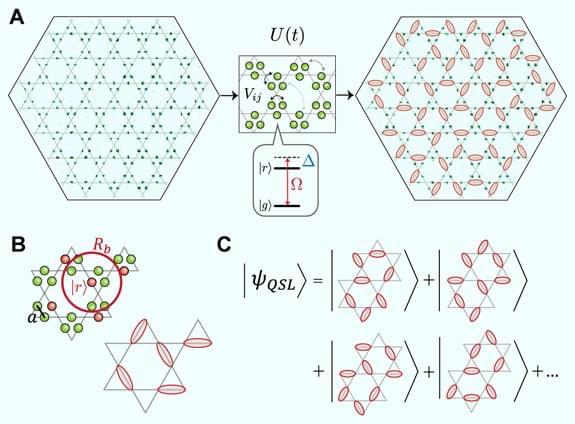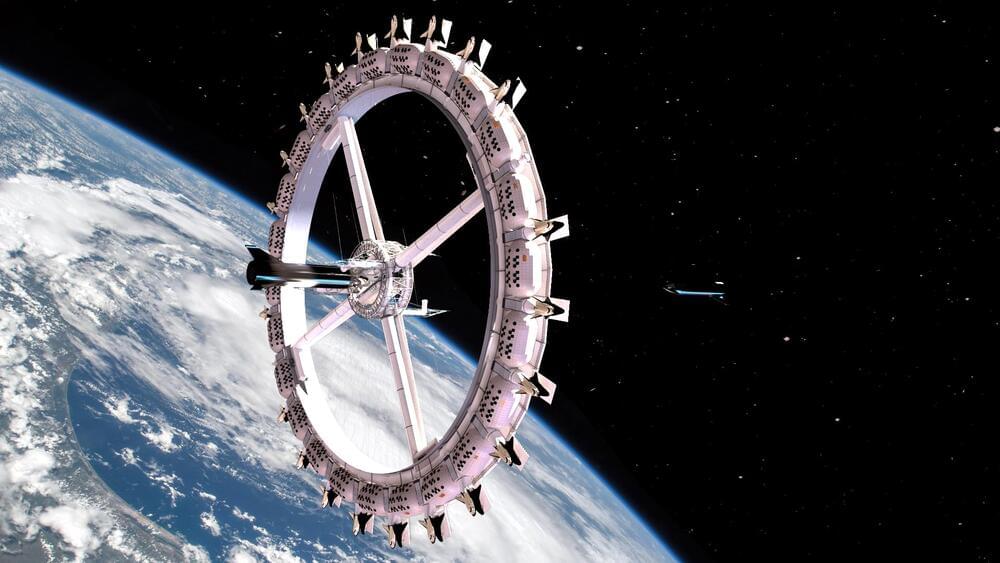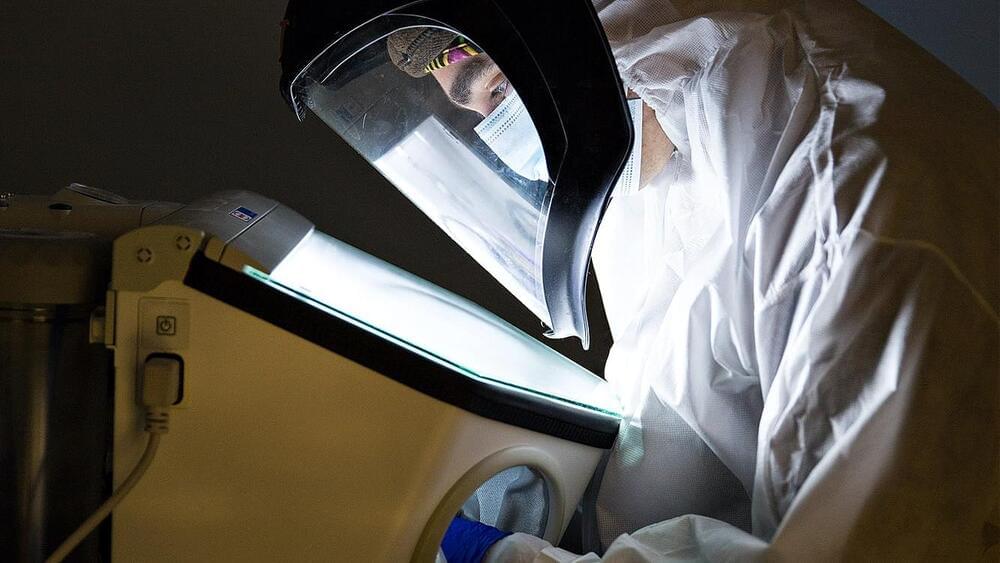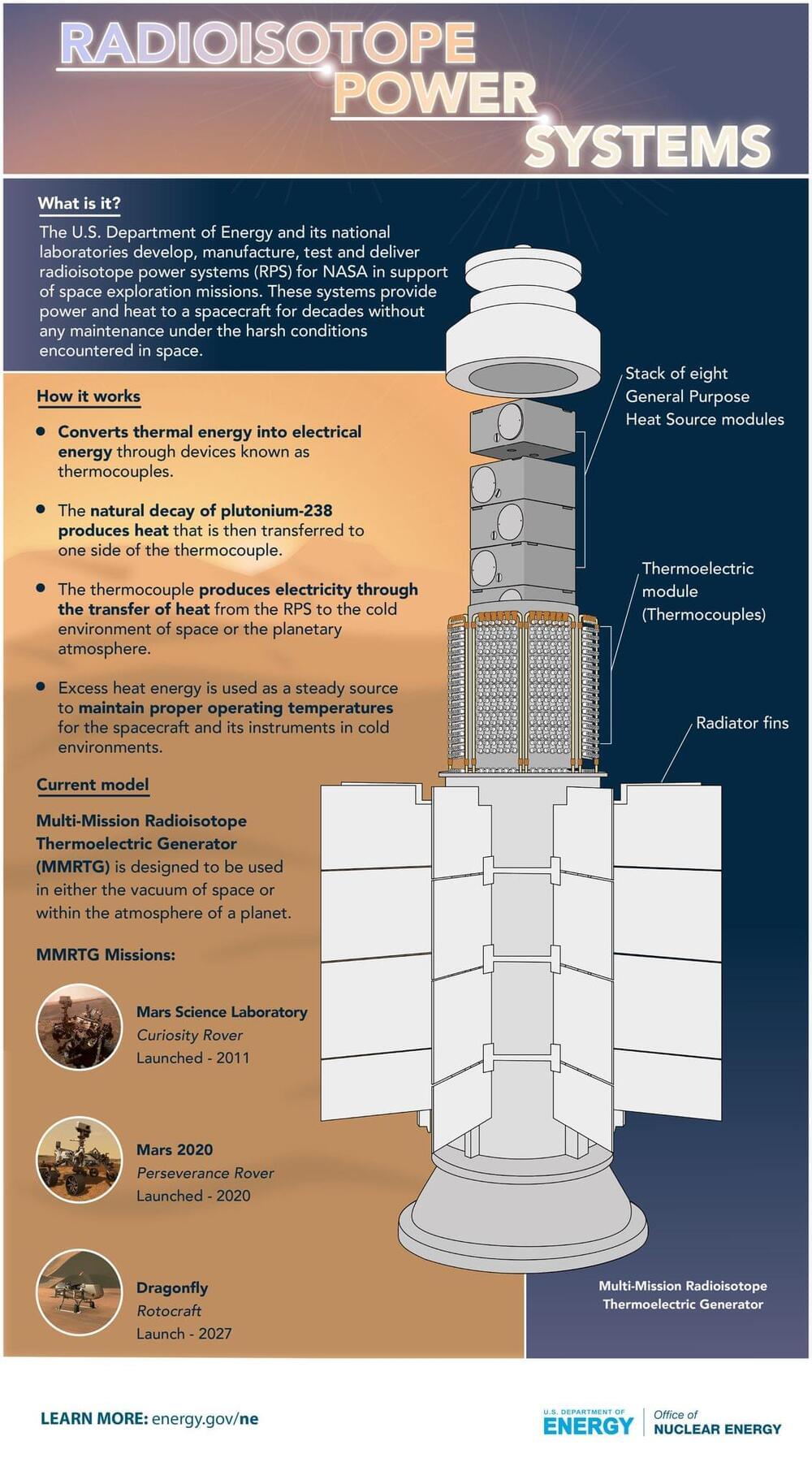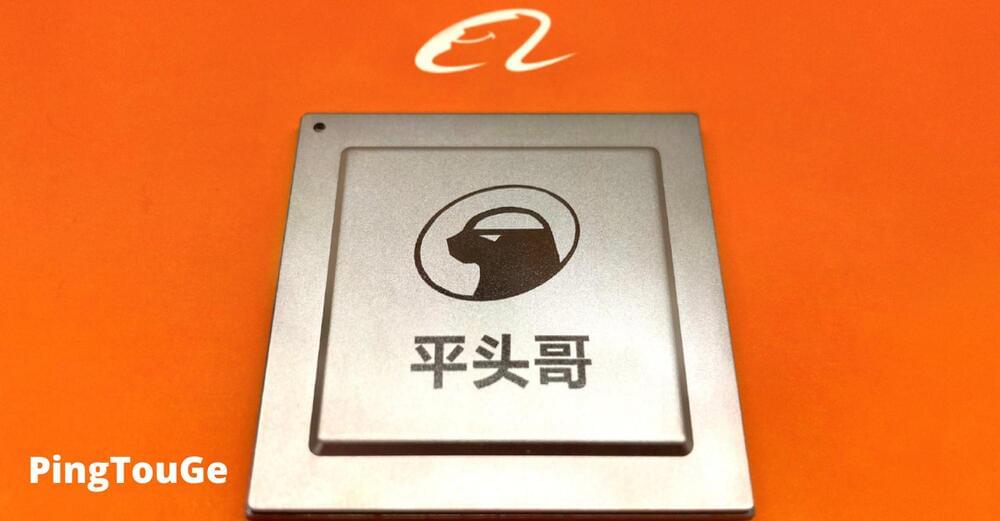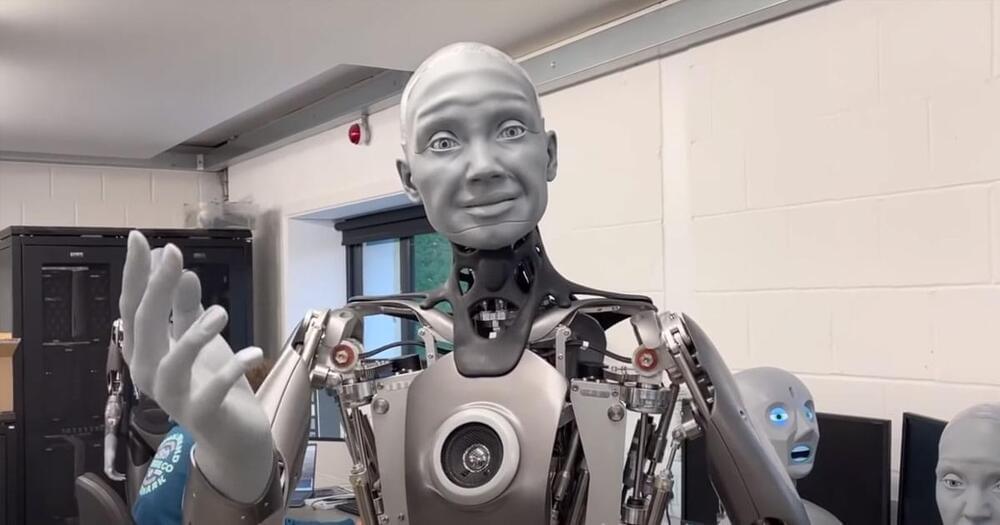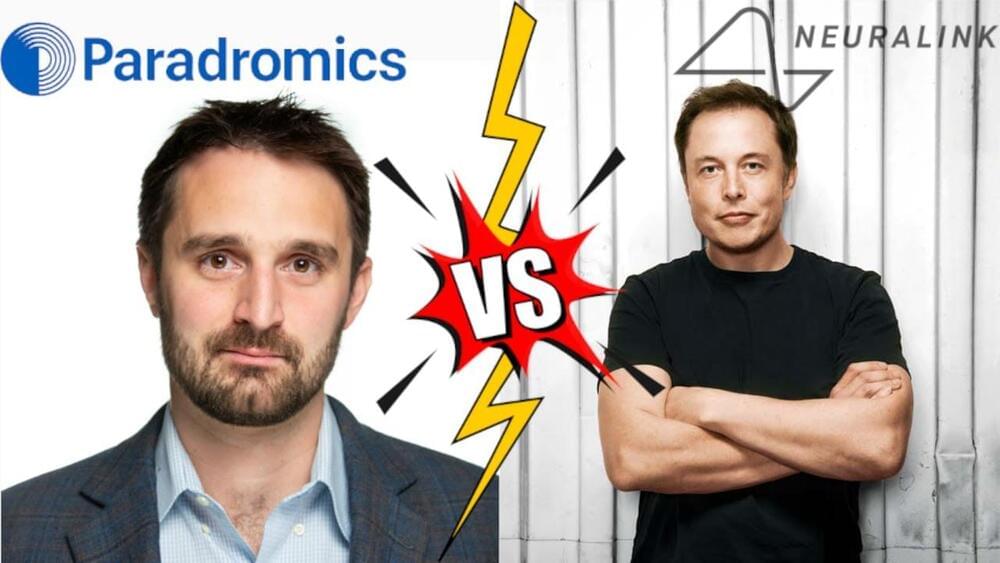“The Earth was very water-rich compared to other rocky planets in the Solar System, with oceans covering more than 70% of its surface, and scientists had long puzzled over the exact source of it all,” said Professor Phil Bland, director of the Space Science and Technology Centre at Curtin University.
“An existing theory is that water was carried to Earth in the final stages of its formation on C-type asteroids, however previous testing of the isotopic ‘fingerprint’ of these asteroids found they, on average, didn’t match with the water found on Earth meaning there was at least one other unaccounted for source.”
“Our research suggests the solar wind created water on the surface of tiny dust grains and this isotopically lighter water likely provided the remainder of the Earth’s water.”

